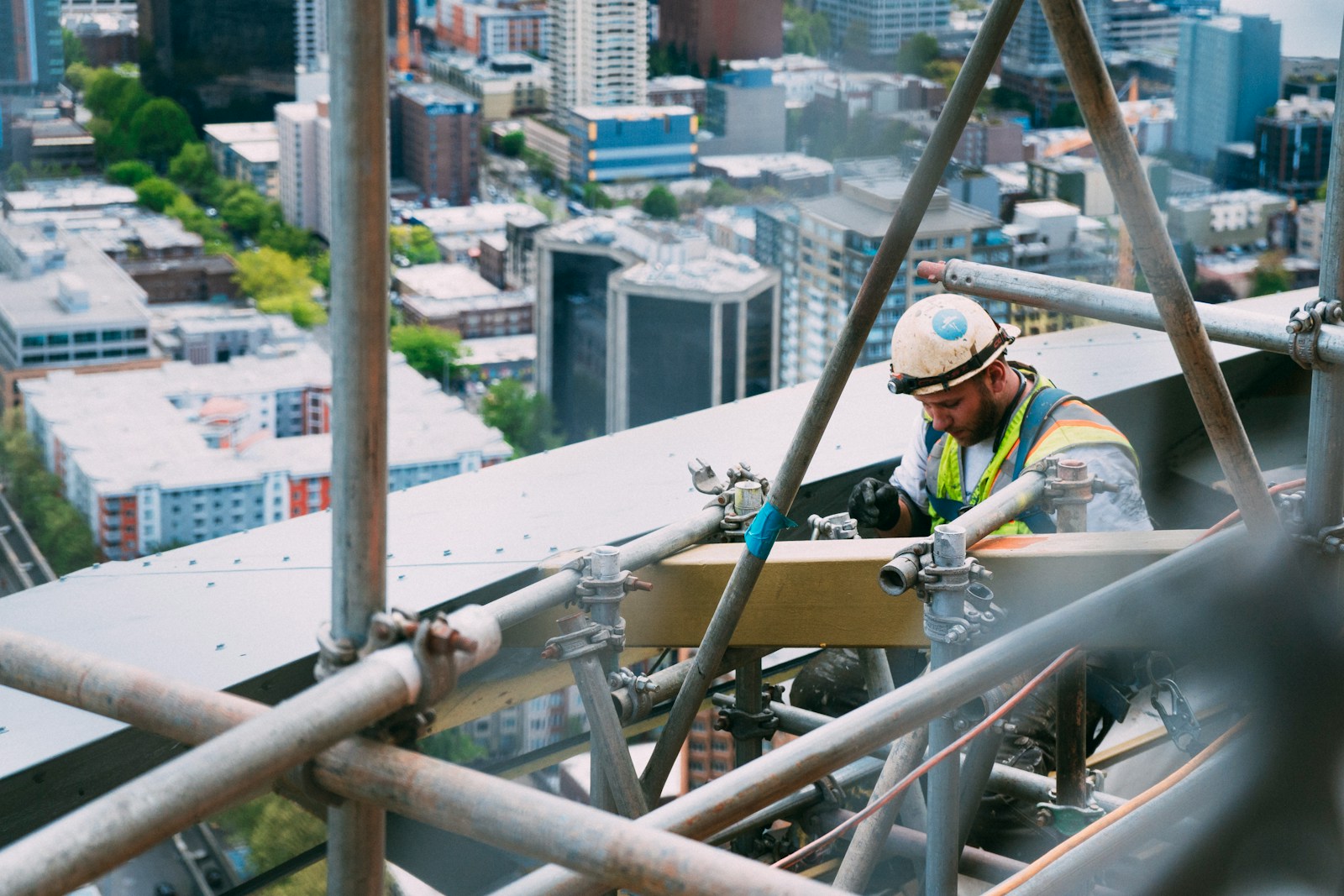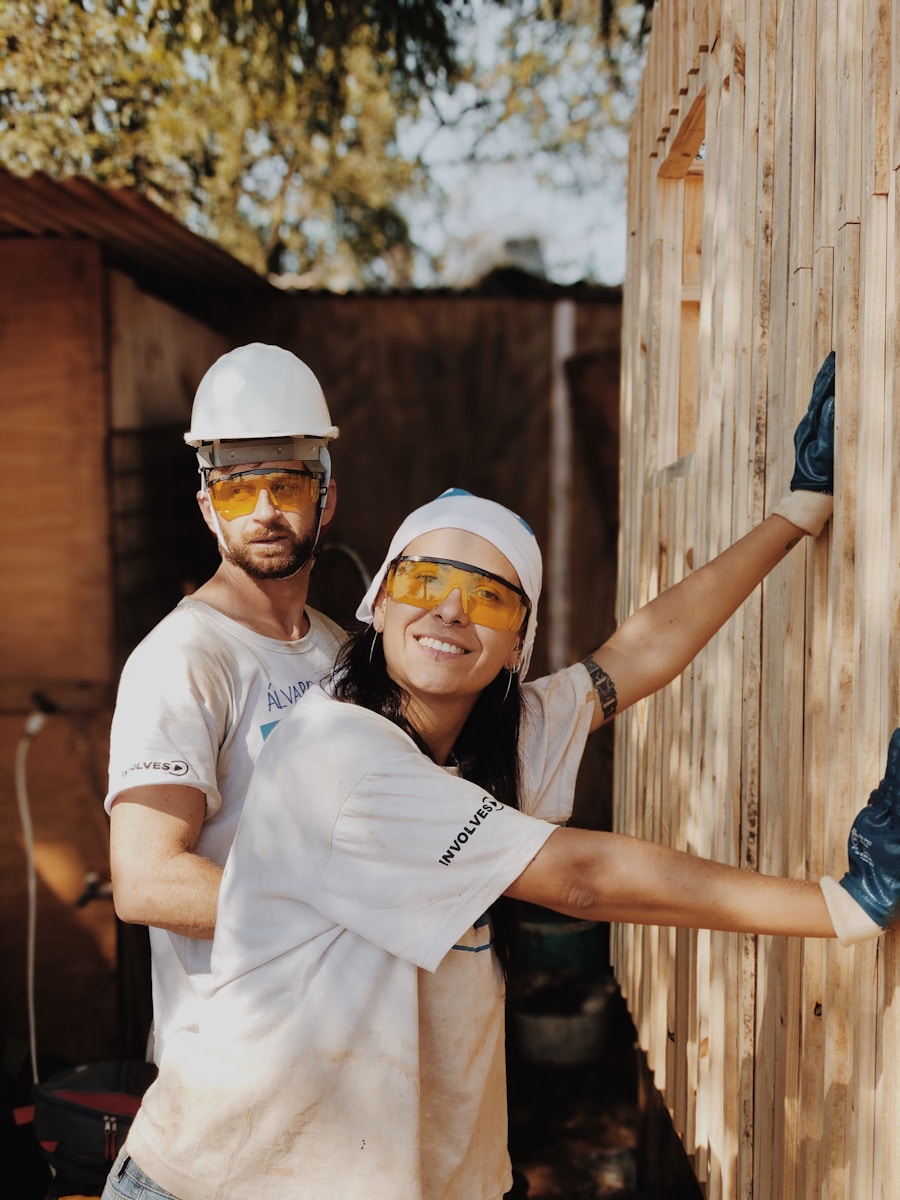The Power of Digital Twins in Enhancing Building Design
The application of digital twins in building design is revolutionizing the construction industry by significantly improving project outcomes. Digital twins, which are virtual replicas of physical entities, enable architects, engineers, and construction professionals to visualize and simulate every aspect of a building’s lifecycle. This advanced technology allows for the identification and resolution of potential issues early in the planning process, leading to more efficient and successful project completions.
Digital twins integrate real-time data and advanced analytics to create detailed models of buildings. These models encompass all structural elements, systems, and environmental factors, providing a comprehensive view of the building’s performance. By simulating various scenarios and testing different design options, stakeholders can identify potential problems before they arise. This proactive approach reduces the risk of costly mistakes and delays, ensuring that projects stay on time and within budget.
Moreover, digital twins facilitate better collaboration among project teams. With a shared virtual model, architects, engineers, and construction managers can work together more effectively, making informed decisions based on accurate data. This collaborative environment enhances communication and coordination, leading to improved project outcomes. The ability to visualize and analyze the building’s performance from different perspectives also helps in optimizing design choices, resulting in more sustainable and energy-efficient buildings.
Improving Project Efficiency and Cost-Effectiveness
One of the significant benefits of digital twins in building design is the enhancement of project efficiency and cost-effectiveness. Traditional construction methods often involve trial and error, with adjustments made during the building process. This approach can lead to delays and increased costs due to unforeseen issues. In contrast, digital twins allow for detailed planning and simulation, enabling project teams to address potential problems before construction begins.
By identifying and resolving issues early, digital twins reduce the need for costly rework and modifications. This preemptive approach not only saves time and money but also minimizes waste and improves resource utilization. For example, if a digital twin simulation reveals that a particular design choice could lead to structural weaknesses, engineers can make necessary adjustments before any physical work is done. This proactive problem-solving capability is crucial for maintaining project timelines and budgets.
Additionally, digital twins support more accurate cost estimation and budgeting. With detailed models and simulations, project managers can better understand the materials, labor, and time required for each phase of construction. This precise planning reduces the likelihood of budget overruns and ensures that financial resources are allocated efficiently. The ability to simulate different scenarios also allows for better risk management, as potential challenges can be anticipated and mitigated.
Enhancing Sustainability and Energy Efficiency
The application of digital twins in building design also contributes to sustainability and energy efficiency. By providing a detailed understanding of a building’s performance, digital twins enable architects and engineers to make design choices that reduce environmental impact. For instance, simulations can identify opportunities for optimizing natural lighting, ventilation, and insulation, leading to reduced energy consumption and lower operational costs.
Digital twins can also simulate the performance of various building materials and systems, helping to select the most sustainable options. For example, simulations can compare the thermal properties of different insulation materials, allowing for the selection of the most energy-efficient option. This capability supports the design of buildings that meet or exceed environmental standards and contribute to sustainability goals.
Furthermore, digital twins enable continuous monitoring and optimization of building performance after construction. By integrating real-time data from sensors and other sources, digital twins provide ongoing insights into energy usage, maintenance needs, and overall performance. This continuous feedback loop allows for proactive maintenance and adjustments, ensuring that buildings operate at peak efficiency throughout their lifecycle.
Future Implications of Digital Twins in Building Design
As digital twins and related technologies continue to evolve, their integration into building design is expected to have even greater implications for the construction industry. Advances in Artificial Intelligence, Blockchain, and the Metaverse will further enhance the capabilities and applications of digital twins. For example, AI algorithms can improve the accuracy of simulations and predictions, while Blockchain can ensure the security and transparency of data sharing among stakeholders.
In regions like Saudi Arabia and the UAE, where construction and infrastructure development are rapidly advancing, the application of digital twins in building design aligns with national visions for smart and sustainable cities. The development of innovative construction technologies and digital ecosystems will create new opportunities for improving project outcomes and enhancing the overall quality of built environments.
In conclusion, the application of digital twins in building design offers significant benefits for improving project outcomes, efficiency, and sustainability. By enabling detailed simulations, proactive problem-solving, and better collaboration, digital twins represent a major advancement in the construction industry. As technology continues to advance, the potential for enhancing building design through digital twins will only grow, leading to more successful and sustainable projects.
—
#DigitalTwins #BuildingDesign #ProjectOutcomes #EarlyPlanning #ConstructionTechnology #SaudiArabia #UAE #Riyadh #Dubai #ArtificialIntelligence #Blockchain #TheMetaverse #ExecutiveCoaching #GenerativeAI #ModernTechnology #BusinessSuccess #LeadershipSkills #ProjectManagement









